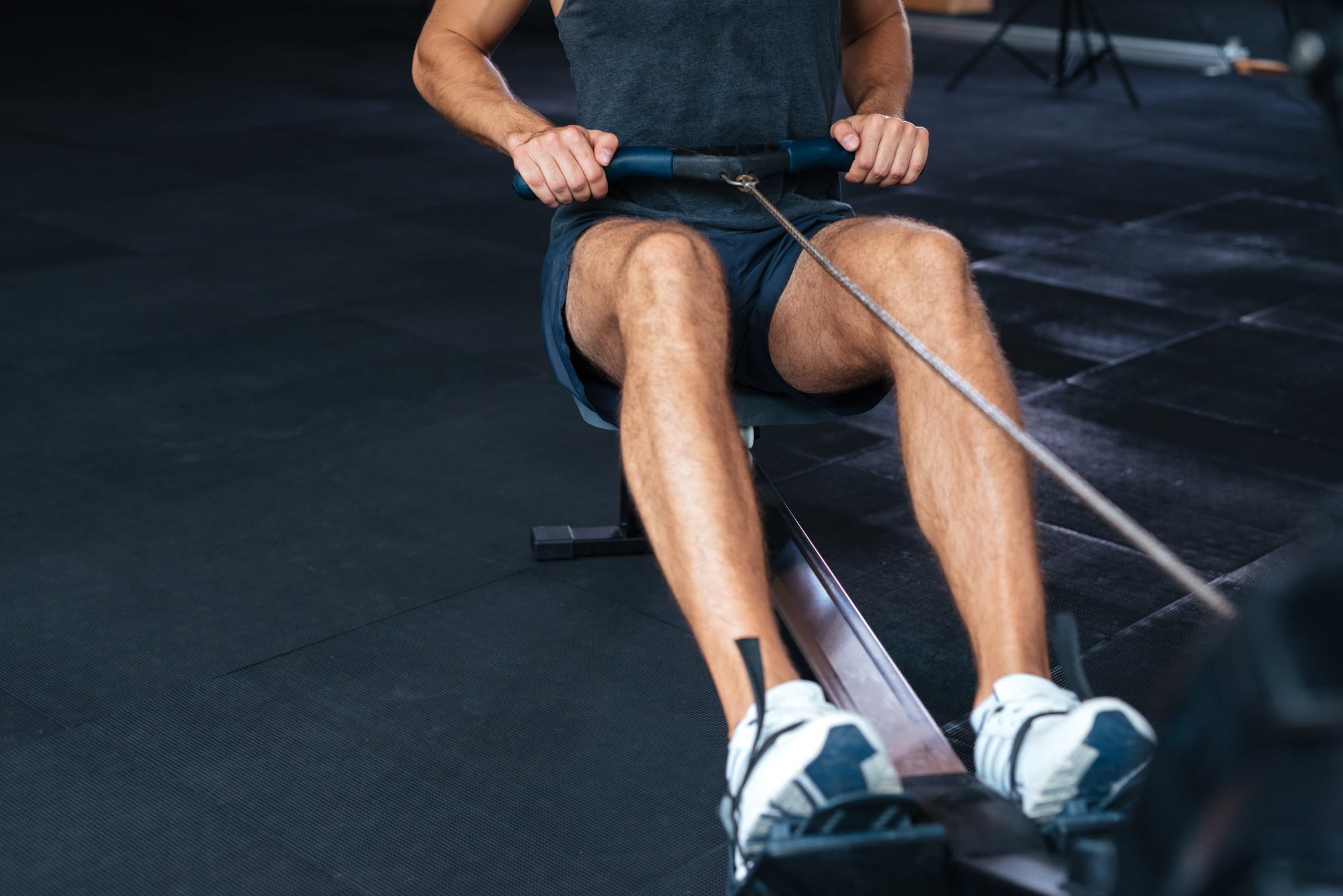
Did you know that even if you are healthy and exercise regularly, you still can develop varicose veins? You might even think that because you’re in good shape, there’s no way you could have such a problem. But the reality is that even athletes can develop varicose veins, and this condition actually can affect your stamina and cause performance issues, according to John D. Horowitz, M.D., FACS. Dr. Horowitz explains that certain sports, such as weightlifting, skiing, and backpacking, force the legs to support heavier weight over longer periods.
Repetitive-motion activities, including tennis, cycling, and running, increase the stress on the veins in the legs. The more intense the participation, the greater the likelihood of occurrence – but even the weekend athlete can end up with superficial or varicose veins. Are you wondering what exactly it is that happens in those situations? Well, at times, athletes report post-exercise symptoms, such as tired and heavy legs, as well as localized pain and/or swelling. In the worst cases, these athletic endeavors can damage the veins and aggravate existing vein conditions.
So, what’s an athlete to do, short of giving up his or her sport? The key is not to simply ignore the problem. It may worsen if not properly treated, and sometimes can lead to serious complications. Oftentimes, preventive measures can help. Wearing a compression stocking can improve athletic performance. This inexpensive sock-like hosiery gently helps to promote more efficient circulation through the legs and feet. But sometimes, compression stockings aren’t enough. Dr. Horowitz notes that there are simple and minimally-invasive procedures and treatments that can alleviate an already-existing condition without resorting to surgery, such as:
With both in-office procedures, EVLT and UGS, patients report little to no pain and have very little downtime from their usual activities.
More About Causes & Prevention
Diagnosing Varicose Veins
Risk Factors, Complications, Warning Signs
If you’re an athlete suffering from painful varicose veins, or merely looking for preventive measures to ensure mobility for future activities, contact Central Florida Vein & Vascular Center. You can call the varicose vein treatment experts in Orlando at 407-545-3385 to make an appointment, or contact them online.